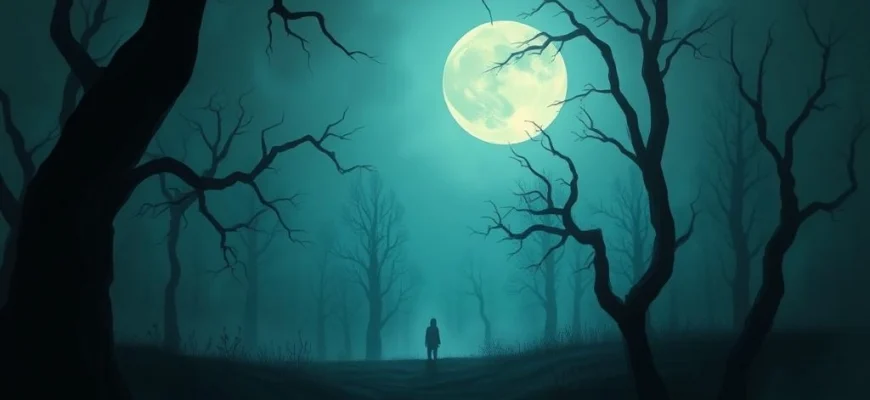If you were captivated by the eerie and unsettling atmosphere of 'Eye Without a Face' (2021), this article is for you. We’ve curated a list of 10 movies and shows that share its haunting themes, psychological depth, and visual artistry. Whether you loved its dark storytelling or chilling suspense, these recommendations will keep you on the edge of your seat.

Eyes Without a Face (1960)
Description: A pioneering horror film that explores themes of obsession, surgical horror, and the loss of identity. Its haunting visuals and melancholic tone make it a classic in the genre.
Fact: The film was initially banned in several countries due to its graphic content, but it has since been recognized as a masterpiece of horror cinema.
 Watch Now
Watch Now 
The Tenant (1976)
Description: A psychological horror film that delves into themes of paranoia, identity, and the disintegration of the self. Its claustrophobic atmosphere and surreal narrative twists make it a standout in the genre.
Fact: The film is the final installment in Roman Polanski's 'Apartment Trilogy,' which also includes 'Repulsion' and 'Rosemary's Baby.'
 Watch Now
Watch Now 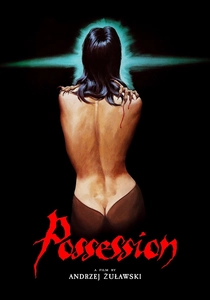
Possession (1981)
Description: A surreal and intense horror film that explores themes of marital breakdown, psychological torment, and bodily horror. Its chaotic and visceral style leaves a lasting impact.
Fact: The film was banned in several countries and heavily censored upon its initial release due to its extreme content and disturbing imagery.
 Watch Now
Watch Now 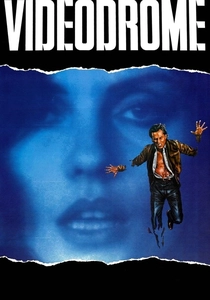
Videodrome (1983)
Description: A body horror film that explores the intersection of technology, media, and human consciousness. Its grotesque and surreal visuals reflect the film's themes of reality distortion and physical transformation.
Fact: The film's special effects, including its infamous 'living TV,' were groundbreaking at the time and remain influential in the horror genre.
 Watch Now
Watch Now 
The Cell (2000)
Description: A psychological thriller that blends horror and fantasy, exploring the depths of the human mind and the grotesque manifestations of trauma. Its visually striking and often disturbing imagery is central to its appeal.
Fact: The film's dream sequences were inspired by the works of artists like Damien Hirst and the Brothers Quay, creating a surreal and nightmarish aesthetic.
 Watch Now
Watch Now 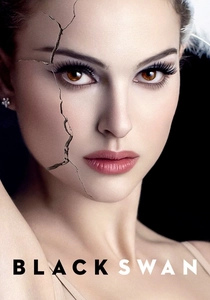
Black Swan (2010)
Description: A psychological thriller that delves into themes of duality, perfectionism, and the destructive pursuit of artistic excellence. Its surreal and nightmarish visuals create a sense of unease.
Fact: Natalie Portman trained for over a year in ballet to prepare for her role, and the film's intense production mirrored its themes of obsession.
 Watch Now
Watch Now 
The Skin I Live In (2011)
Description: A psychological horror film that delves into themes of identity, transformation, and the blurred lines between beauty and monstrosity. The film's unsettling atmosphere and exploration of bodily autonomy resonate deeply with the reference.
Fact: The film was inspired by a novel by Thierry Jonquet, and its plot twists are notorious for leaving audiences shocked.
 Watch Now
Watch Now 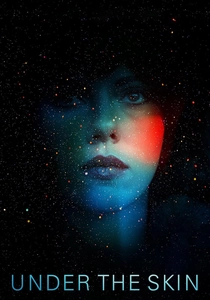
Under the Skin (2013)
Description: A sci-fi horror film that examines themes of alienation, identity, and the human condition through a detached and eerie lens. Its minimalist style and unsettling tone create a unique viewing experience.
Fact: Many of the scenes featuring unsuspecting men were filmed with hidden cameras, adding to the film's sense of realism and unease.
 Watch Now
Watch Now 
The Neon Demon (2016)
Description: A visually stunning horror film that critiques the beauty industry, exploring themes of vanity, identity, and the monstrous side of glamour. Its dreamlike and often grotesque imagery is unforgettable.
Fact: The film's soundtrack was composed by Cliff Martinez, known for his work on 'Drive,' and it adds to the film's hypnotic and eerie atmosphere.
 Watch Now
Watch Now 
The Strange Color of Your Body's Tears (2013)
Description: A giallo-inspired horror film that revels in surreal and nightmarish imagery, exploring themes of obsession, identity, and the uncanny. Its fragmented narrative and stylized violence create a hypnotic and unsettling experience.
Fact: The film's title is derived from a line in a Jean Rollin movie, and its visual style pays homage to classic giallo films of the 1970s.
 Watch Now
Watch Now 
